The third molars, commonly known as wisdom teeth, are the last of the 32 teeth to appear in your mouth. They emerge between the ages of 16 – 25 and are located in the back of your mouth.
For the majority of patients, there is not enough space in the mouth to accommodate and make use of these wisdom teeth. A small jaw or a poor direction of the third molars will alter healthy tooth growth.
Here are a few examples:
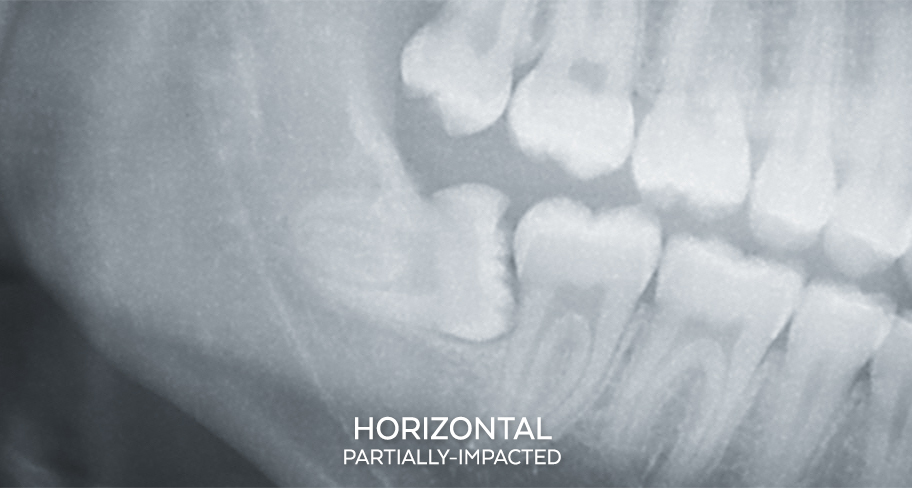
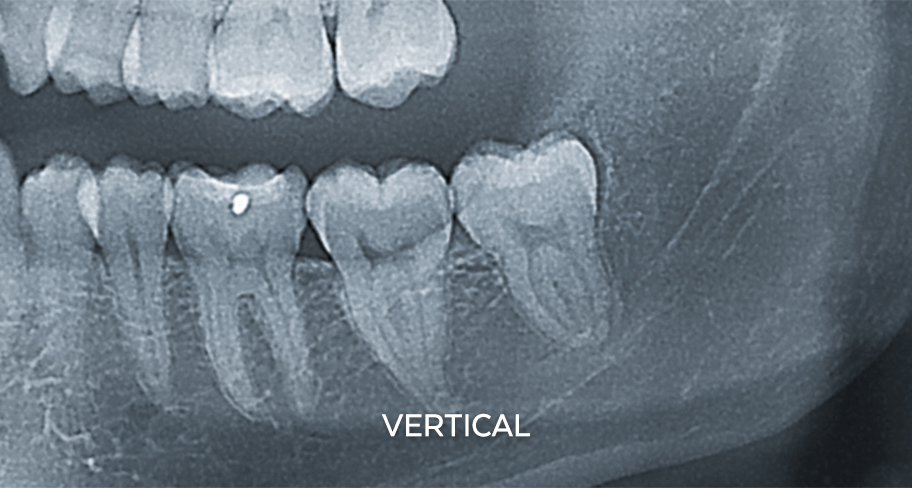
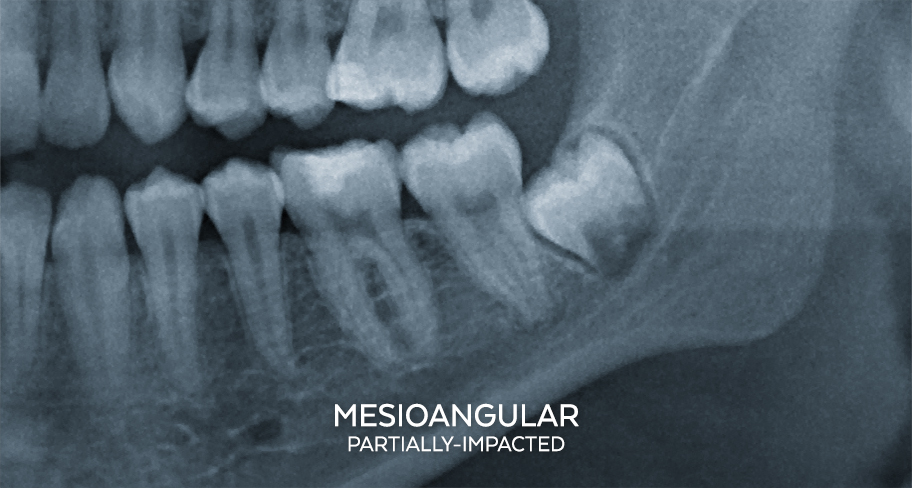
When only a portion of the wisdom tooth is visible in the mouth, it is referred to as "partially impacted". This undesirable position of the teeth is potentially dangerous for your health as they are vulnerable to cavities and infections (poor toothbrush access - difficult to clean). Bone loss can also occur around the wisdom teeth (periodontal problems) and thus may affect adjacent teeth.
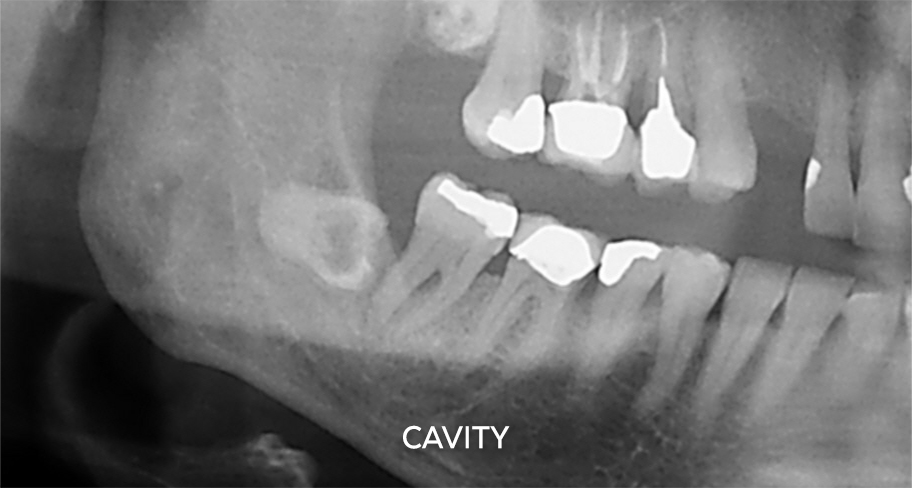
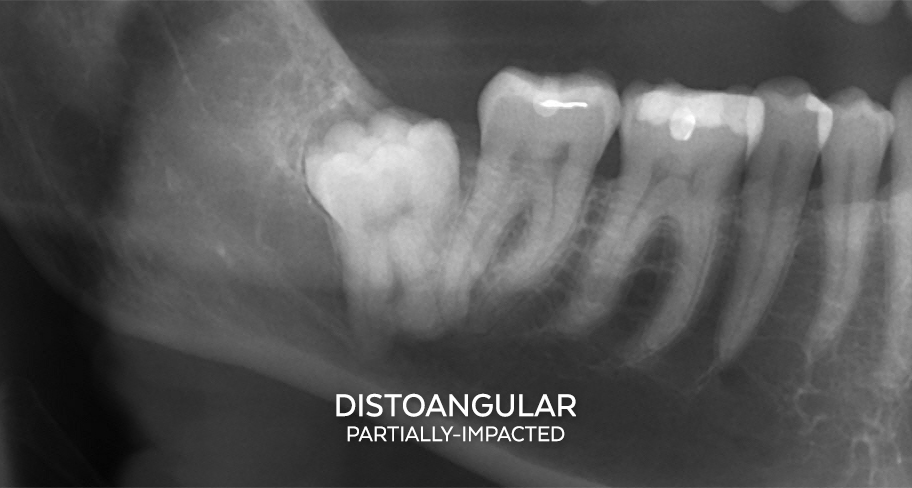
Even when the wisdom teeth are not yet visible in the mouth, there is regular contamination of the teeth by the bacteria in your oral cavity. If such a situation is present, the bacteria found in your mouth could reach the impacted teeth and cause underlying problems. Your surgeon will verify this during the clinical examination.
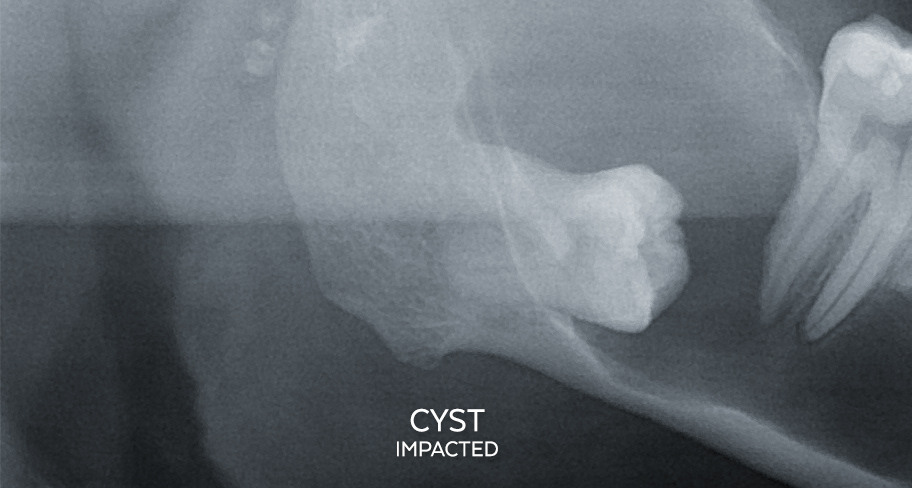
For impacted wisdom teeth (not yet visible in the mouth) it is important to know that lesions, such as cysts and tumors can develop if these teeth are not extracted.
In some cases a 3D x-ray may be necessary to complete the evaluation. Furthermore, the surgeon will discuss in detail conscious sedation and surgical risks. You may consult the document concerning preoperative instructions and postoperative instructions for further information.


